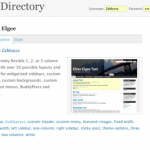The Illustrated Stephenson
Credit goes out to Aron for ferreting this one out. He’s been on a bit of a Flickr kick recently and happened across a Flickr group that is seeking to photographically document the real-world locations described in Neal Stephenson’s Baroque…



